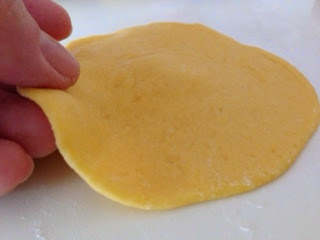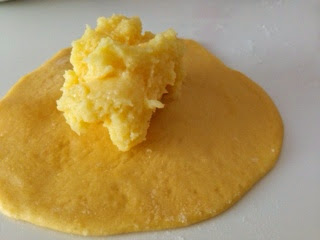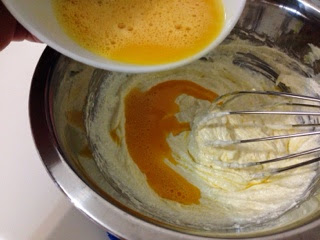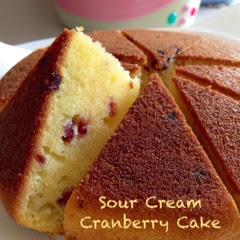The recipe replaces water by pumpkin purée, which gives the buns the nice golden colour. A soft sweet snack to enjoy with tea.
Failed to craft the buns into a chrysanthemum, but more like a porcupine :(
Yield: 16 x 8cm round buns
Pumpkin purée
~100g raw pumpkin chunks
1. Steam the pumpkin chunks at medium high heat for about 15 minutes, till soften.
2. Transfer the water in the bowl to another small bowl. You can use the collected water for adjusting the moisture of the dough later.
3. Mash the pumpkin while it is still hot into a paste.
4. Partially cover the hot pumpkin paste and set aside.
Custard Filling
Ingredients
200g whole milk
60g whipping cream
100g instant custard powder
Direction
1. Mix whole milk and whipping cream in a bowl.
2. Pour instant custard powder into the milk mixture, and mix using a hand whisk. Let the mixture stands for about 5 minutes before use.
The Sponge
Ingredients
60g all purpose flour
3/4 tsp instant dry yeast
60g water
Direction
1. Mix flour and instant dry yeast in a mixing bowl.
2. Slowly add in the 80g of water, stir in one direction till it form into a paste.
3. Cover and let the dough proof for 30 to 45 minutes.
The Dough
Ingredients
Sponge from above
165g all purpose flour
23g corn flour
30g confectioner's sugar
1/2 tsp double action baking powder
15g rice bran/corn oil
67~75g pumpkin purée, add as required
16 small pieces of 2 cm pandan leaves
16 pieces of 5 cm square paper
Direction
1. Mix all purpose flour, corn starch, and confectioner's sugar by using a hand whisk.
2. Pour the sponge and oil into the mixture in (1).
3. Add in 70g of pumpkin purée and stir all the ingredients into a big lump.
Leaving behind about 10g of pumpkin purée to be added depending on the consistency of the dough.
Avoid adding too much pumpkin purée to the dough, to help the buns to keep its shape after steaming.
4. Transfer the dough onto a floured work top and knead into an elastic and smooth dough.
5. Flatten the dough and divide into 16 portions, each about 27g. Roll into balls, coat with some flour, and place in a mixing bowl.
6. Roll out the dough into a flat dough skin with the edge thinner than the center.
7. Scoop a lump of custard paste onto the center of the dough skin. Wrap up and pinch to seal.
8. Use a pair of scissors to snip the dough into a spiny dough. You may omit this step if you prefer a simple round bun.
9. Place the dough over a pandan leaf and a piece of paper.
10. Proof the buns for 30 minutes before steaming.
11. When the water boils, steam the buns for 7 minutes under medium high flame.
Turn down the flame to low and open the lid slightly for 3 minutes.
12. Transfer the buns to a cooling rack.
10. Serve warm :)
Keep the unconsumed buns in a fridge and steam them before consumption.




























































